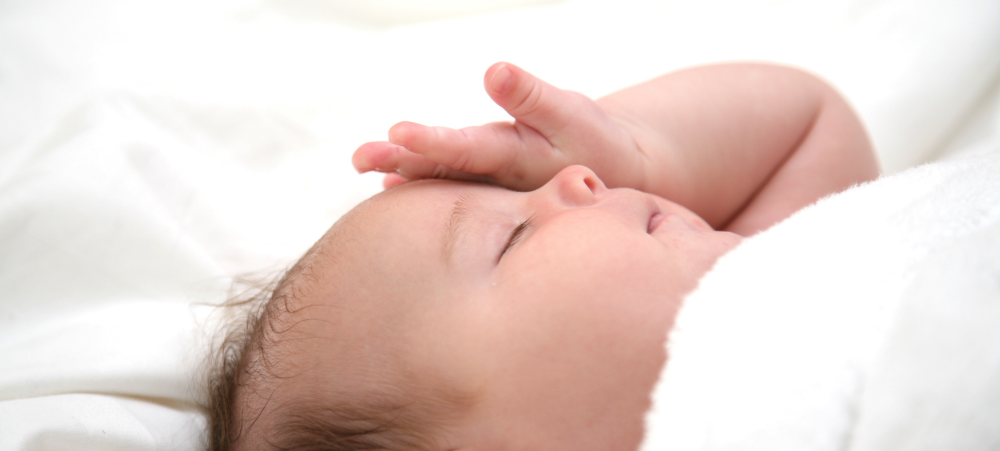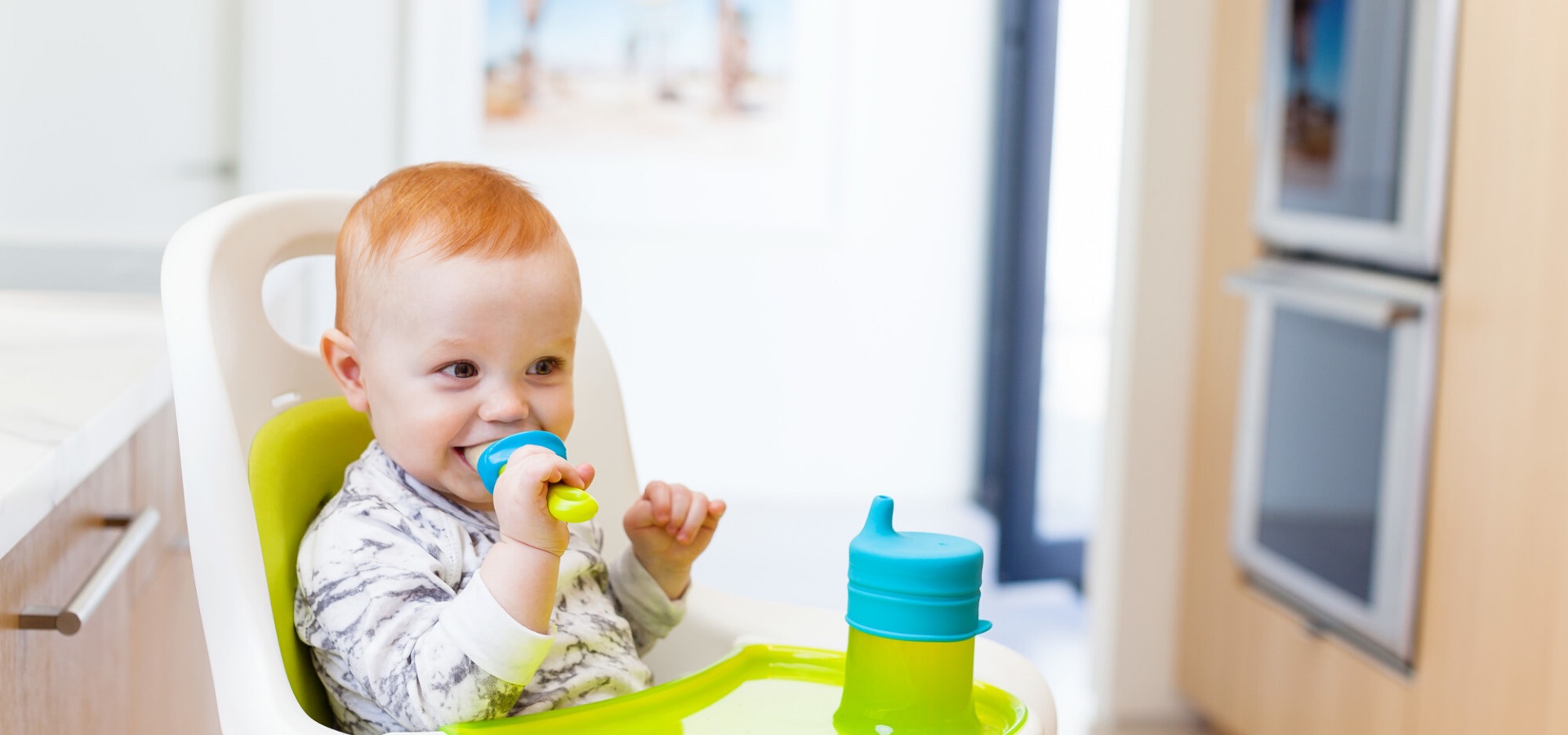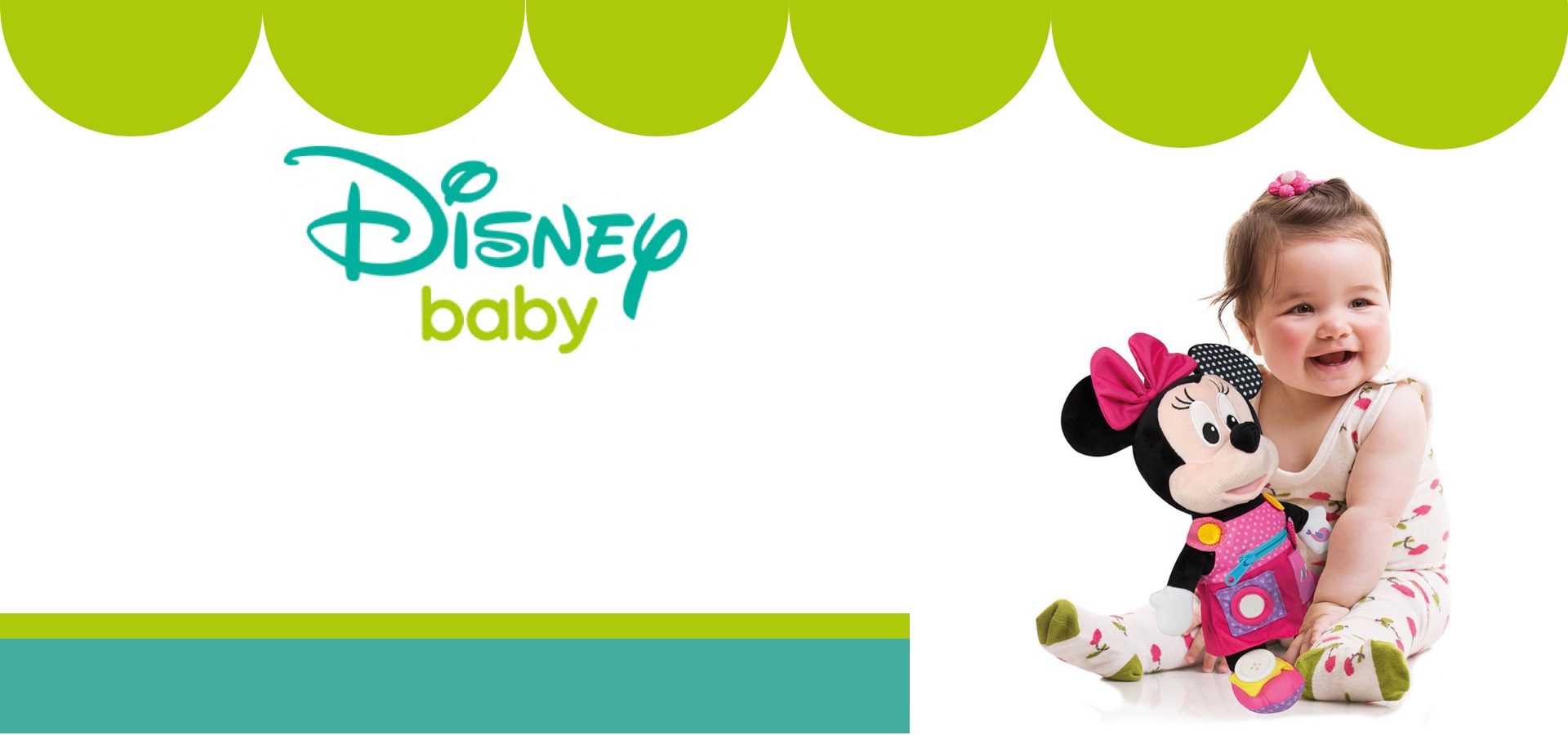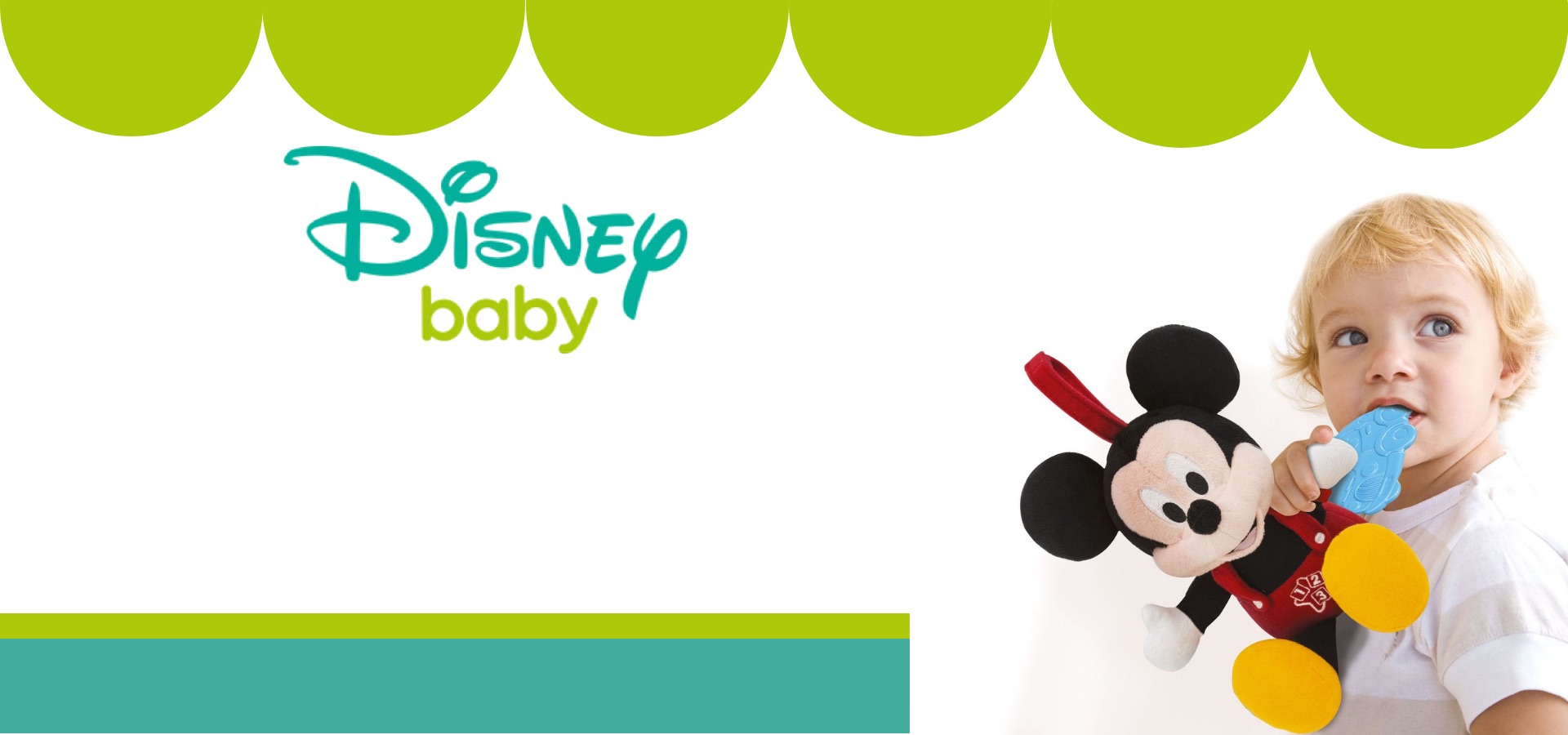With Christmas only a month away, we asked Chicco South Africa to put together a Toy Guide for Christmas. CHICCO FIRST DREAMS LULLABY SHEEP The best cot companion your newborn can ask for. In either pink or blue pastel plush, this multi-tech toy provides soft light from its tummy whilst soothing your baby with 20 minutes of classical music. Also has a voice recording facility for parents to place a message of love inside. Retailers: Baby City, Babies R Us, Hamleys, Takealot, Lilliputs, Thekidzone, Loot and selected Kids Emporium stores. 2. CHICCO BABY SENSES VIBRATING MONKEY Suitable from 3 months, this awesome vibrating monkey provides a host of stimuli for your baby. Noises, textures and teething aspects make it the ideal motor skills tool and curiosity stimulator for your little one. Retailers: Selected Spar stores, Babies R Us, Hamleys, Takelot, Thekidzone, Loot and selected Kids Emporium stores. 3. CHICCO BABY SENSES STROLLER ROPE TOY Keep baby occupied whilst in their stroller with an engaging stroller rope toy fashioned in the shape of a giraffe. Includes fun activities to keep baby discovering new sensations whilst fitting onto all types of stroller bumper bars. Made from plush, the rope toy includes a mirror, soft ring, ball and butterfly that produces sounds. Retailers: Pick n Pay Hypers, selected Spar stores, Babies R Us, Hamleys, Takelot, Thekidzone, Loot and selected Kids Emporium stores. 4. CHICCO FIRST DREAMS BABY BEAR A gentle cuddly that will keep your child company at night whilst turning the nursery into a magical environment. Soft light projects stars from the belly of the teddy whilst 30 minutes of classical music will soothe the child to sleep. A soft plush toy available in pastel pink or blue, the outer of the bear is also machine washable. Retailers: Baby City, Babies R Us, Hamleys, Takealot, Thekidzone, Loot and selected Kids Emporium stores. 5. CHICCO BABY SENSES FINGER PUPPET One of the only finger puppets available on the market, the Baby Senses Finger Puppet allows parents to play alongside their child and interact and engage whilst watching their development. Each finger produces a different noise, squeak or rattle. And the small book attached to the palm teaches numbers and animals. A thoroughly fun way to engage with your child. Retailers: Babies R Us, Takelot, Lilliputs, Thekidzone, Loot and selected Kids Emporium stores. 6. CHICCO BABY SENSES RAINBOW SPINNER The perfect toy to teach your child cause and effect. Based on the classical mechanical spinner toy, the Rainbow Spinner has a mirror inside that reflects the coloured balls that circulate when the flower on top is pressed. A great engaging toy for young, enquiring minds. Retailers: Selected Spar stores, Babies R Us, Lilliputs, Takelot, Thekidzone, Loot and selected Kids Emporium stores. 7. CHICCO MOVE & GROW HAPPY HIPPIE WALKER Encourage your child to take their first steps in safety and fun with an engaging walker. With 4 solid wheels providing stability, baby can walk with the colourful, happy walker and enjoy the manual skills and entertainment on the activity bar. Retailers: Babies R Us, Lilliputs, Takealot, Thekidzone Loot and selected Kids Emporium stores. 8. CHICCO MOVE & GROW TUMMY TIME PILLOW The cushion for fun, safe tummy time play. Designed by Boppy, leaders in birthing pillows, the tummy-time pillow has memory foam and provides your child with a firm, yet soft support as they learn to play on their fronts. The cushion has manual activities to keep baby engaged such as a mirror, a fabric book, and rattle with small balls inside. Retailers: Takealot, Thekidzone, Loot and selected Kids Emporium stores. 9. CHICCO BABY SENSES FROG RATTLE The perfect first rattle to encourage your baby’s first discoveries of sound and colour. A bright green and pink frog that doubles as a handy teething ring, the Frog Rattle is perfect from 3 months upwards. Small balls inside the toy teach the child about sound and cause and effect. Retailers: Pick n Pay Hypers, selected Spar stores, Hamleys, Babies R Us, Takealot, Thekidzone, Loot and selected Kids Emporium stores. 10. CHICCO BABY SENSES CHRISTOPHER THE EXPLORER A cute character toy in the shape of animated binoculars, Christopher Explorer is battery driven and comes to life when the wheels are turned, shining bright lights and producing sounds. Great for motor skills and curiosity development. Retailers: Selected Spar stores, Babies R Us, Takealot, Thekidzone, Loot and selected Kids Emporium stores.
































